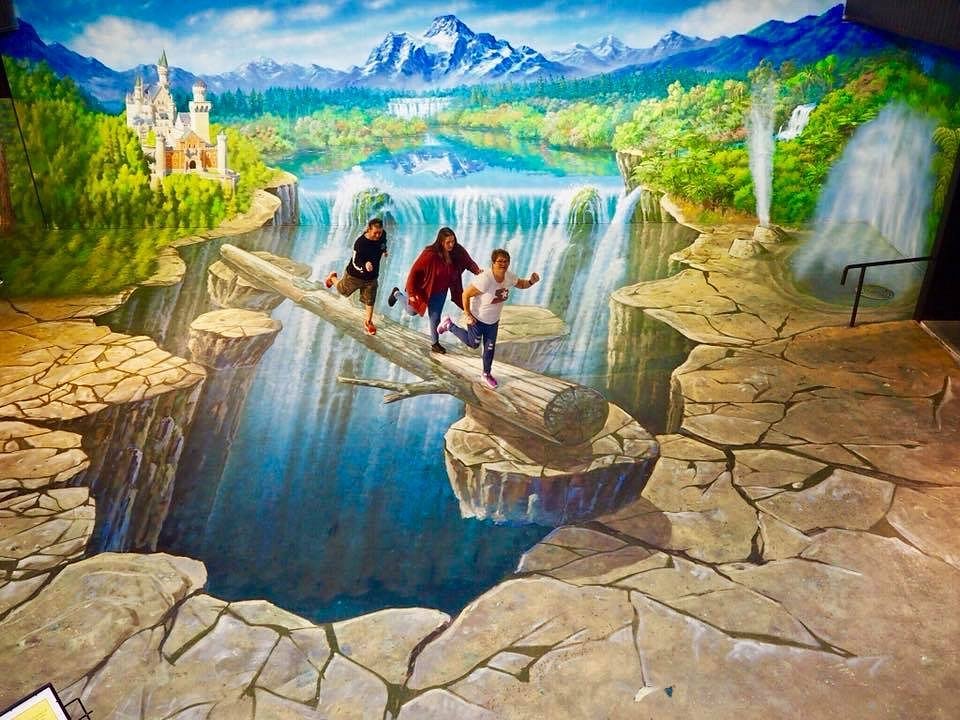postphx.com – In the vast expanse of the art world, where creativity knows no bounds, the art of sculpting stands out as a testament to human ingenuity and skill. Sculptors, the masters of the three-dimensional, have the unique ability to breathe life into inanimate materials, transforming them into extraordinary works that captivate the senses and stir the soul. From ancient civilizations to the modern era, these artists have pushed the boundaries of their medium, leaving an indelible mark on the cultural landscape.
The origins of sculpture can be traced back to prehistoric times, with early examples found in the form of small figurines and monumental statues. These early works, such as the Venus of Willendorf or the colossal statues of Easter Island, speak to the universal human desire to create and express through form. As civilizations evolved, so too did the art of sculpture, with ancient cultures like the Egyptians, Greeks, and Romans elevating it to new heights. The meticulously crafted sphinxes and serene faces of the Pharaohs, the idealized figures of Greek athletes, and the grand imperial portraits of Roman emperors all reflect the societal values and artistic prowess of their times.
The Renaissance was a golden age for sculpture, with masters like Michelangelo and Donatello redefining the possibilities of the medium. Michelangelo’s David, with its perfect anatomical precision and profound emotional depth, remains one of the most iconic sculptures in history. The artist’s ability to reveal the figure from within the marble, as if freeing it from its stone prison, showcases the sculptor’s role as both creator and liberator.
As art moved into the modern era, sculptors continued to innovate, embracing new materials and techniques. Auguste Rodin’s The Thinker and The Gates of Hell challenged traditional notions of beauty and form, introducing a sense of movement and introspection into his works. The 20th century saw further experimentation, with artists like Henry Moore and Louise Bourgeois exploring the abstract and the surreal, pushing the boundaries of what sculpture could convey.
Today, the art of sculpture is more diverse than ever, with artists working in a myriad of mediums from traditional stone and bronze to unconventional materials like plastic, glass, and even light. The works of contemporary sculptors like Anish Kapoor and Olafur Eliasson invite viewers to engage with their creations on a deeply personal level, often blurring the lines between art, science, and philosophy.
What unites these masters of the three-dimensional across the ages is their shared ability to evoke emotion and thought through form. Sculpture, in its essence, is a dialogue between the artist and the material, a negotiation of space and mass that results in something greater than the sum of its parts. It is an art form that demands presence, inviting viewers to walk around it, to view it from different angles, and to experience it in its entirety.
Sculpting the extraordinary is not just about the creation of objects; it is about the creation of experiences. It is about challenging perceptions, questioning the status quo, and inviting the world to see the familiar in a new light. The masters of sculpture have always been pioneers, leading the way in exploring the possibilities of their medium and leaving behind a legacy that continues to inspire and provoke.
In a world that is increasingly digital and two-dimensional, the art of sculpture serves as a powerful reminder of the tactile and the tangible. It is a celebration of the physical world and a testament to the enduring human need to create and connect through form. As we continue to navigate the complexities of the modern age, the works of these extraordinary sculptors stand as beacons of creativity, skill, and the relentless pursuit of the extraordinary.
